Correct planting of felt cherries and further care for them
The name "felt" was given to this cherry, because the fruits, leaves and branches of the plant are covered with a light edging. Ivan Vladimirovich Michurin improved its varietal characteristics by increasing the size of the berry. Otherwise, this cherry is also called "Chinese", since China is the homeland of this variety. Its characteristic differences are its relatively low growth - about 2.5 meters, - a large number of fruits located along the branch with a rather high density. Sometimes, according to the location of the berries, this cherry is compared with sea buckthorn. Resistance to unfavorable climatic conditions and easy care and cultivation can be considered especially valuable qualities.
Advantages and disadvantages
There are many other advantages to the felt cherry. For example, it is appreciated not only for its fruits, but also for its decorative qualities. Thanks to its densely growing branches and compact size, felt cherry is used as a hedge and for zoning a site and for strengthening slopes.
Among the advantages of this variety are the following.
- Abundant fruiting. If care is taken according to all the rules, felt cherries yield two to three times more fruits than other varieties.
- Taste qualities of fruits. The berries are not only sweet, very juicy, but also aromatic in comparison with many others.
- Depending on the variety, it can have early, medium or late fruiting. In any case, the berries stay on the branches for a very long time, practically do not fall off.
- Lack of root growth - care is greatly facilitated.
- A huge number of useful properties. The berries contain a large amount of vitamins B, C and PP.
- Relatively fast (in the second year) onset of fruiting.
However, besides the obvious advantages, felt cherry has a number of disadvantages. Some of them can be minimized with proper care, others just have to be considered.
So, the disadvantages include:
- short shelf life of berries (storage and transportation are not possible);
- short plant life (about 10 years);
- some varieties are self-fertile;
- bush care is necessary, regular pruning of branches.
These disadvantages can be mitigated to some extent. For example, the lifespan of the felt cherry is increased to 20 years thanks to the timely and competent pruning... Berries can be stored in processed form, for example, in the form of various blanks, jams, compotes, etc. If you plan to grow any self-fertile variety, you need to plant another kind of cherry next to it, the flowering period of which will coincide with the flowering of the felt. Thinning of the branches is, of course, necessary; plant care depends largely on this process. If you do not cut off old branches in time, the bush will simply overgrow, not to mention the fact that in this case it will hardly be possible to extend its life.
Advice
If the berries need to be transported, then it is better to collect them without waiting for full ripeness.
Landing rules
To plant a felt cherry on your site, you need to know a few simple rules. It is better to purchase seedlings at a time when the planting will be optimal. The best time is early spring. It is advisable to plant the bush before the buds bloom, this will allow it to take root better. The second option is planting in the fall, no later than September. The rest of the time is considered unfavorable. However, if for some reason the seedling was in the hands already in late autumn, it should be dug in for a while and planted only in the spring.
Before landing, you need to choose a good place and prepare the hole.A well-lit area, free from stagnant water, with a light soil composition, can be considered successful. The hole should be about half a meter deep and the same diameter. At the bottom, you need to place organic fertilizers, add phosphorus, potassium and lime. The seedling rhizome must be cut to 25 cm, then lowered into the hole and covered with soil. It is necessary to pay attention to the fact that the root collar is above the ground. Its deepening will lead to the death of the bush.
Planting ends with abundant watering. At the same time, it is advisable to compact the soil that has just been poured into the hole by pressing the hands, and then mulch the soil. Mulching in this case will allow you to regulate the degree of soil moisture and greatly facilitate the care of the plant. The subsequent cultivation of the felt cherry is not very different from its other species. Care consists in periodic weeding and loosening of the earth around the trunk, timely watering and fertilization. It is only necessary to cut off excess branches in time.
Plant care
Growing felt cherries is not a cumbersome task. Caring for her is no more difficult than for other fruit trees, and resistance to characteristic diseases makes it even easier. Fertilization is done immediately after the plant has faded. It is necessary to apply at least 5 kg of organic fertilizers, as well as nitrogen, phosphorus and potash. If necessary, lime should be added to the soil, repeating this procedure once every five years. With the same frequency, it is necessary to carry out anti-aging pruning of branches.
Anti-aging pruning is the regular removal of old branches. It is enough if about ten large branches remain on the plant, the rest should be cut off. In this case, young shoots will form at the cut site. It is necessary to cut them only if they exceed 60 cm in length. Thinning the branches, it is necessary to achieve a general lightening of the crown. Also, pruning is done after wintering, removing frozen shoots, if any. Proper pruning and care can extend the life of a cherry to 15 or even 20 years.
When caring for this cherry, it should also be borne in mind that nitrogen-containing fertilizers are recommended to be applied in spring, while nitrogen is contraindicated in autumn. When loosening, care must be taken, processing only the top layer of the soil, without affecting the roots of the plant. You also need to ensure that the root collar does not melt away. First of all, this concerns the planting procedure, when, when filling the root with soil, it is required to ensure that the neck is not buried. When mulching, you should avoid dense shelter of the near-stem section of land. The exception is mulching for the winter. In this case, the ground is covered with peat or straw rather tightly, but in the spring the mulch will have to be raked out, freeing up the soil area adjacent to the trunk.
Plant propagation
Felt cherry reproduces in different ways. The method of reproduction by seeds, that is, by seeds, has proven itself perfectly. To do this, you need to collect the seeds of ripe fruits, rinse and dry them, avoiding direct sunlight. Then the bones must be mixed with sand, moistened and placed in a cool, dark place. In this state, the seeds are stored until mid-autumn.
They should be sown around October. In well-loosened soil, a furrow is laid with a depth of about 3 cm. Bones are dropped into it, covered with soil and watered. Shoots should appear in the spring. As a rule, under favorable conditions, in the first year they will reach half a meter in height. At this time, it is advisable to plant the seedlings in permanent growing places, observing the rules described above.
In addition, this plant can be propagated by cuttings, layering, or grafted onto other crops, such as plums. The simplest of them is the method of propagation by layering.To do this, it is enough to fix the last year's shoot in a shallow groove and, slightly sprinkling it with earth, water it. This is best done in the spring. Cutting is irreplaceable from the point of view of obtaining varietal material, but in the case of felt cherries, it requires strict adherence to certain conditions, which makes this process quite difficult.
Having evaluated all the pros and cons of this type, you will notice that there are still more advantages. The most important of them is a good harvest of delicious berries. For the sake of such a result, you can put up with some disadvantages. In addition, the felted cherry is extremely beautiful, especially during the flowering period. It is compact and has a dense crown, the fruits are densely packed, can be pink or dark red. This species will be a decoration for any garden.
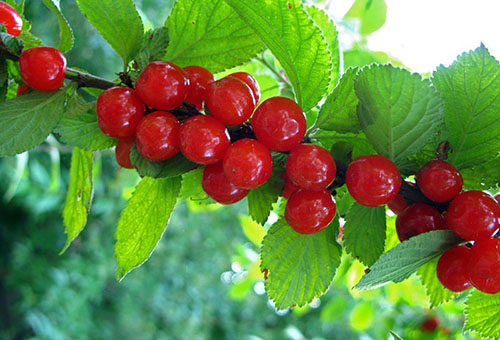
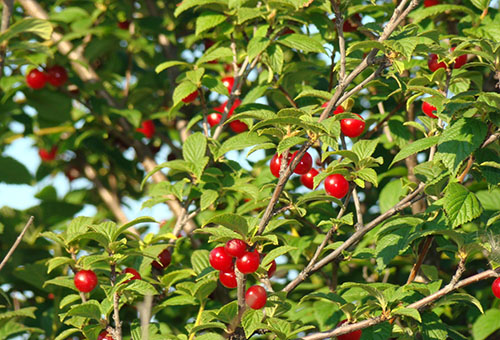
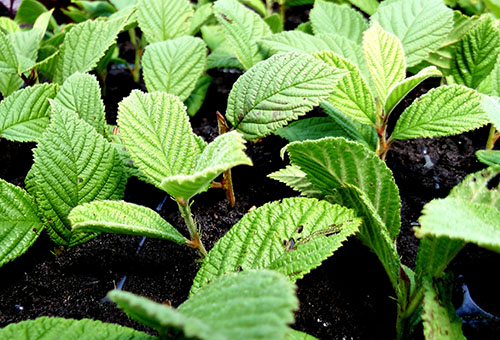
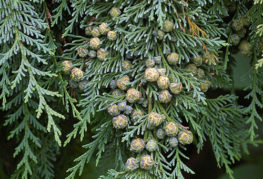
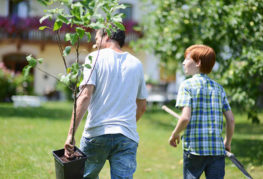
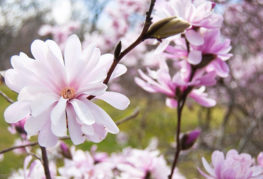
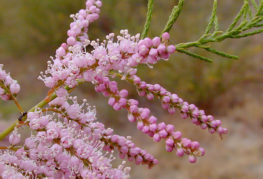
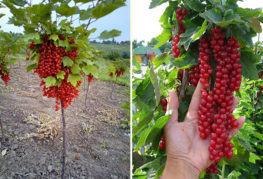
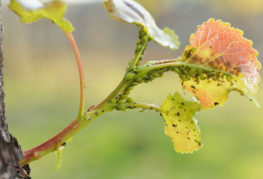
and will be published shortly.